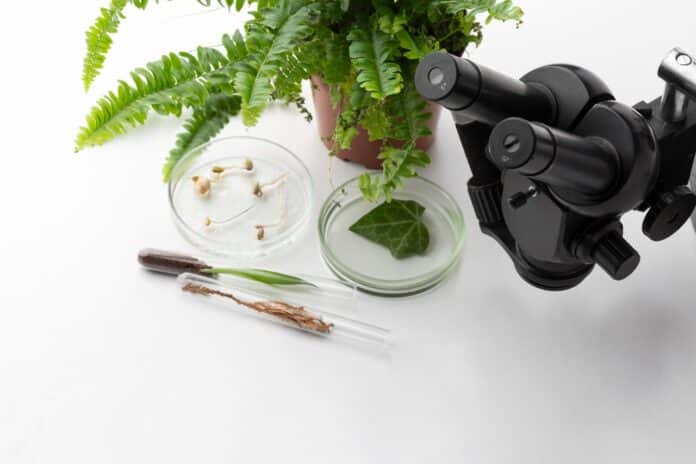Associate Professor Fraser Torpy of the University of Technology Sydney (UTS) led this work in collaboration with Ambius, a leading landscaping solutions firm.
The researchers discovered that the Ambius tiny green wall, which contained a variety of indoor plants, was highly successful at removing hazardous, cancer-causing pollutants, with 97% of the most toxic substances eliminated from the surrounding air in just eight hours.
Poor indoor air quality is responsible for 6.7 million premature deaths worldwide, and because most people spend 90% of their time indoors at home, school, or work, developing innovative air quality techniques is vital.
According to Ambius General Manager Johan Hodgson, the study provided new insight into the vital function of indoor plants and green walls in purifying air we breathe swiftly and sustainably.
Mr. Hodgson said, “We know that indoor air quality is frequently significantly worse than outdoor air quality, which impacts both mental and physical health. But the great news is this study has shown that something as simple as having plants indoors can make a huge difference.”
Previous research on indoor plants has shown that they can remove a wide range of indoor air contaminants. However, this is the first study to look into the potential of plants to clean up petrol vapours, one of the most common sources of dangerous substances in buildings worldwide.
Offices and residential apartment buildings frequently connect directly to vehicle parks by doors or lift wells, making it impossible to prevent toxic petrol-related substances from seeping into work and residential spaces. Many structures are also vulnerable to petrol fumes emitted by surrounding roadways and highways.
Breathing in petrol fumes can cause lung irritation, headaches, and nausea, and long-term exposure has been associated with an increased risk of cancer, asthma, and other chronic diseases, all of which contribute to a lower life expectancy.
When it comes to removing fuel contaminants from the air, Associate Professor Torpy stated that the study results, based on measurements from a sealed room, significantly exceeded their expectations.
The essential information in this book is that plants have been tested for their ability to remove petrol fumes from the air and remove the bulk of pollutants from the air in a matter of hours.
Plants were examined for the first time for their ability to eliminate petrol-related chemicals, and the findings were amazing.
Researchers said, “Not only can plants remove the majority of pollutants from the air in a matter of hours, but they also remove the most dangerous petrol-related pollutants from the air most efficiently; for example, known carcinogen benzene is digested at a faster rate than less harmful substances, such as alcohols.”
Associate Professor Torpy said, “We also found that the more concentrated the toxins in the air, the faster and more effective the plants became at removing the toxins, showing that plants adapt to the conditions they’re growing in.”
The findings confirmed feedback they’d received after putting plants in hundreds of office buildings around the country.
This study demonstrates that plants should not be considered a “nice to have” but an essential component of any workplace wellness plan.
Mr. Hodgson said, “The bottom line is that the best, most cost-effective, and most sustainable way to combat harmful indoor air contaminants in your workplace and home is to introduce plants.”
